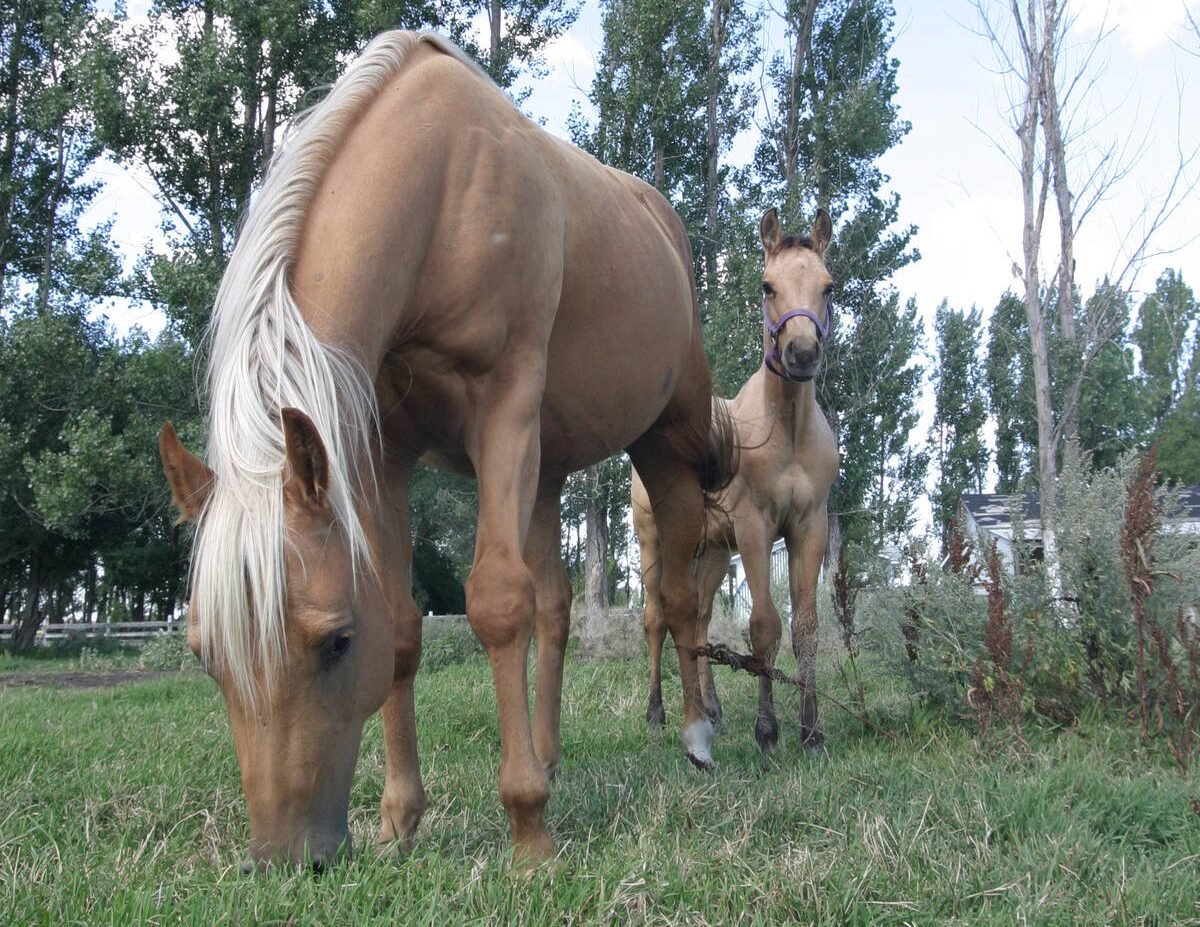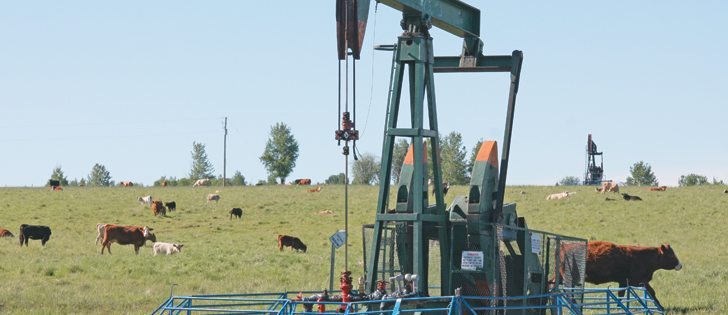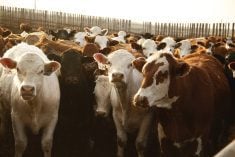DUCHESS, Alta. — A research project is investigating the impacts of energy companies’ activity on rangeland.
The University of Alberta had first-hand experience when two electricity companies wanted to erect major towers and power lines across its Matthies Ranch near Duchess.
“They had a really good manual for cultivated areas, but a manual for native rangeland did not exist,” said research station manager Barry Irving.
The pasture disturbance project was explained during a July 11 field day at the university’s Rangeland Research Institute based at the 12,000 acre ranch.
Read Also

Growth plates are instrumental in shaping a horse’s life
Young horse training plans and workloads must match their skeletal development. Failing to plan around growth plates can create lifelong physical problems.
AltaLink and ATCO installed towers, but each had their own practices for the lines, which run for hundreds of kilometres. AltaLink built its towers off site and airlifted them to the area, while ATCO constructed its infrastructure on the actual route.
The university has embarked on a $300,000 project with ATCO to learn the effect and rate of recovery of grasslands and soil after heavy traffic and construction has occurred. The project could help produce a best practices guide.
Companies such as ATCO use wooden rig mats to protect the ground and vegetation in its rights-of-way and prevent potential damage during construction.
Institute director Edward Bork said ATCO had a $3 million budget for rig mat use on the ranch.
Provincial guidelines on rig mat use suggest they should be used on grasslands, but Bork said there is no research on when these should be used and their impacts on vegetation and soil.
Researchers have placed the mats on different sites to replicate the disturbance and see what happens underneath.
The mats are eight by 14 feet and weigh about 1,500 pounds. They have been placed on the ground for six, 12 and 24 weeks.
The first went down at the beginning of May, and when they were lifted the grass was yellow but the soil was moist. The grass had recovered by early July.
“We are trying to figure out the difference between rig mat use and when it is just traffic,” said student Kassia James.
The researchers want to learn how long a mat can stay in place safely and determine the seasonal effect. Plants are more susceptible to damage if the mats go down at the start of the growing season.
“The concern is not so much over activity in the winter,” Bork said. “It is more when the soils are thawed and plants are actively growing.”
The researchers will also take soil samples from under the mats to check microbial activity and look at soil quality around the towers where the greatest disturbance occurred.
















